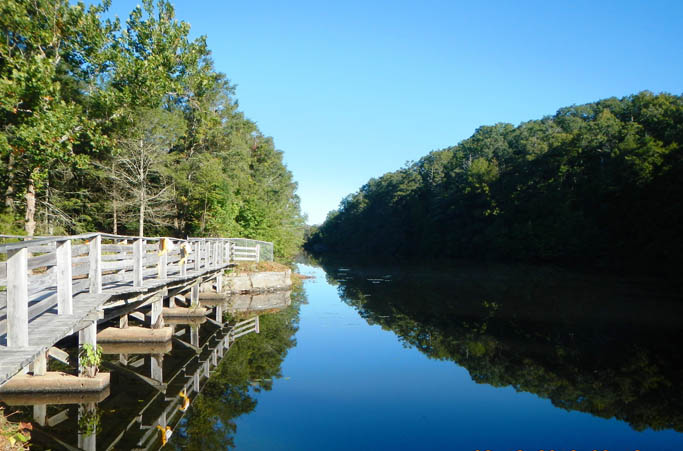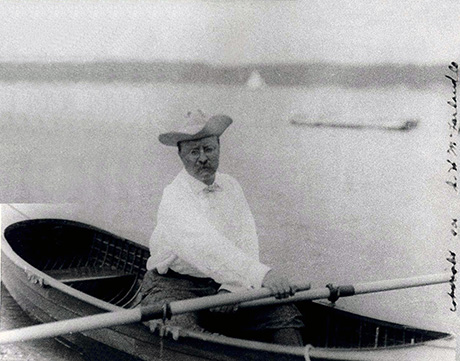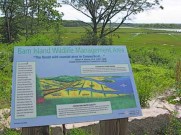Stewardship Initiative
Public comment is now open for the Long Island Sound Stewardship Strategy: A Framework for the Long Island Sound Stewardship Initiative. Click here to view. The Draft Strategy will be shared for public comment from March 10—May 9. Comments can be submitted to Cayla Sullivan at Sullivan.Cayla@epa.gov.
In 2006, after years of effort by the Long Island Sound Study Stewardship Work Group (now the Habitat Restoration and Stewardship Work Group) and its partners, the Long Island Sound Stewardship Initiative was formally established by Congress to help protect the diverse plants and animals that live in or near the estuary. Among the Initiative’s first steps was the designation of 33 places in Long Island Sound with unique ecological and recreational value as Stewardship Areas. Since then, the Study has been active in assisting states and municipalities with acquiring lands near Stewardship Areas (as well as other Long Island Sound natural areas) to protect wildlife and habitats from encroaching development and providing grants through the Long Island Sound Futures Fund to help managers develop conservation plans and implement stewardship projects.
Visit the On-Line Stewardship Atlas

If you live near the Long Island Sound coast, chances are you live near a Stewardship Area. Find out what’s close by and what’s around other parts of the Sound by visiting the LISS On-Line Stewardship Atlas. From the interactive map click a Stewardship Area to open up a web page of information on the ecological and recreational reasons the area was designated.
As you explore the Stewardship Areas, notice that they are not strictly defined, but each area includes one or more Stewardship Sites, which are parcel-specific locations that represent the values or features for which that area is being highlighted. The majority of the Stewardship Sites are under public ownership. These places, such as state parks and National Wildlife Refuges, were recognized for the unparalleled levels of public access or significant habitat acreage they provide.
Protecting Open Space

Connecticut and New York are 48 percent as of 2019 towards a goal to protect 7,000 acres of open space by 2035 through acquisitions. EPA, through LISS, has provided financial support since 2008 with $4,437,638 in grants to help purchase 348 acres in both states. The Futures Fund also provided $260,000 to help acquire a 17-acre parcel in Madison, CT that cost $1.7 million.
The Sound’s Legacy of Stewardship

The inspiration for a Stewardship Initiative can be traced to the legacy left behind by conservation pioneers of the 19th and early 20th centuries who saw the need to protect scenic wilderness areas for the public’s enjoyment and to protect wildlife. In this regard, the Sound could have no greater inspiration than Theodore Roosevelt. TR was a native New Yorker who spent a good deal of his life in Oyster Bay exploring its natural wonders. As president, Roosevelt recognized that America’s pristine wilderness areas and signature species such as elk, bison, and egrets, were under threat, so he protected an astonishing 230 million acres of parkland, forests, bird refuges, and game preserves. In a similar vein, the Stewardship Initiative works to protect the beauty and ecological diversity of the Sound for present and future generations to enjoy.
Sagamore Hill in Oyster Bay, which was Roosevelt’s “Summer White House,” is preserved as a National Historic site. Its property is part of the Oyster Bay National Wildlife Refuge as well as a Long Island Sound Stewardship site. You can learn more about Sagamore Hill in the On-line Stewardship Atlas.

